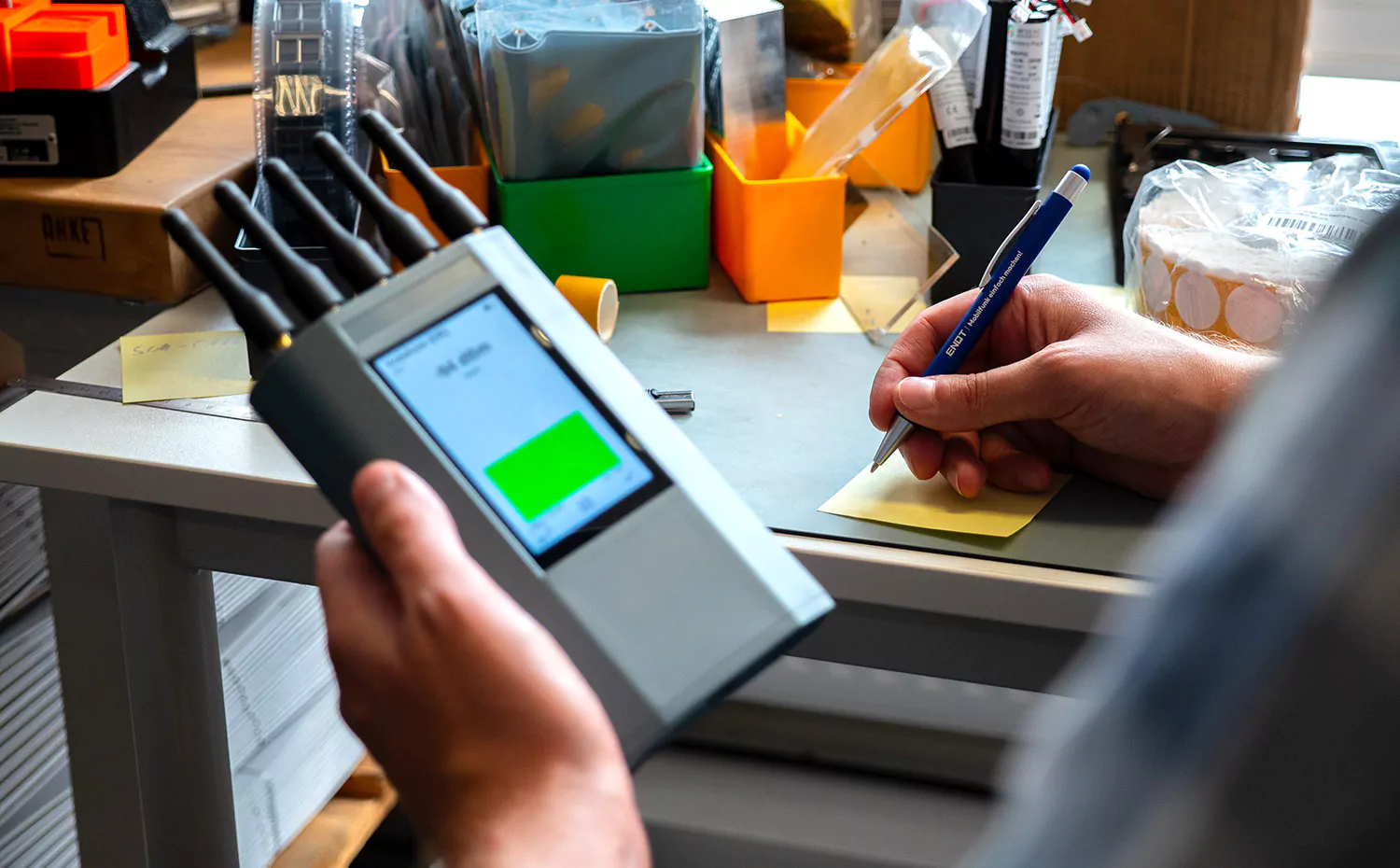Although the GSM network is available everywhere, its suitability is limited. Its low range and signal level quality are not considered future-proof.
This is where LTE network operators have the opportunity to optimize their mobile network with LTE NB IoT. Like LTE Cat. M1 a so-called low power wide area technology. It, too, emerged from a partnership project of 3GPP.
How does LTE NB IoT work?
The low bandwidth of NB-IoT is consistently sufficient for common IoT applications in the consumer or public sector. NB-IoT convinces with these advantages:
– Low cost
– High building penetration
– Optimized network coverage
– Low energy consumption
– Increased battery life
– Low bandwidth data transmission
The transmission technology of LTE-NB-IoT uses the 800 and 900 MHz frequencies, which enable wide-area network coverage. At the same time, they grant good building penetration. Currently, the existing infrastructure of the GSM and LTE network providers is being used. Here, up to 50,000 objects can be networked with NB-IoT technology via a single mobile communications cell.
On the one hand, in in-band operation the carrier signal can be embedded in a broadband LTE signal without losses. On the other hand, guard-band operation enables the use of guard gap between two LTE bands. In standalone operation, it is also possible to use a standalone network that uses a GSM channel, for example.
While the usable receive level for LTE is 144 dB, it is 164 dB for NB-IoT. That is 20 dB more. The transmission is thus more robust and enables ten times the network coverage. With the aid of modulations such as QPSK or OFDM, signal levels and ranges can be improved.
Application examples of LTE NB IoT
Due to its features such as low power consumption, low material cost, and high building penetration, the potential applications of Narrowband IoT are diverse and useful. For example, NB IoT is considered the basis for connected smart city technologies. The technology is also used to network parking lots or streetlights. Behind the term Smart Waste Management is an intelligent waste management system in which garbage cans are emptied as needed by the respective garbage trucks.



